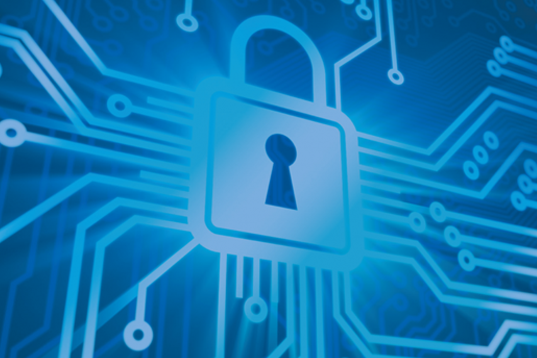Many businesses tend to be under the misconception that their physical security systems can protect their virtualized infrastructures. Others generally do not talk about virtualization security risks. But it is important to note that virtualized systems such as hybrid and private clouds and virtualized data centers can be vulnerable to security risks. It is vital for every business to understand the threats to virtualized infrastructures and the ways to protect against them.
Virtualization Security Risks
1. Risks due to complexity: Virtualization adds complexity to infrastructure, and small and medium businesses that deploy virtualization may often times be confused by the nature of this complexity. Complexity in infrastructure means extra layers, which can make it difficult to spot unusual events and anomalies on cloud networks and virtual databases.
2. Security loopholes caused by moving workloads: In a growing virtual infrastructure, workloads may often need to be moved between two machines. It is very easy, when handling several workloads across several machines, to accidentally move critical workloads to machines with lower security levels.
3. Dynamic virtualized environments: Since the nature of virtualized infrastructures is dynamic, these systems constantly change. New virtual machines and devices added to the network can easily be overlooked, and aren’t as easy to keep track of as the addition of physical machines. This can lead to situations where too many added machines make it difficult to manage security.
How to Secure Virtual Systems
Despite the above threats, there are ways to protect virtualized systems from security risks. A proper and methodical process and implementation can help to keep your systems highly secure. Focusing on the following areas is necessary to do this:
1. Have a clear idea of separating the virtual machines used for test, production and development functions.
2. It is highly recommended to hold regular audits of virtual infrastructure security. There are several tools available for businesses to automate security processes and security checks.
3. It is important to perform regularly scheduled maintenance of security patches. Security patches should be kept updated for all virtual machines.
4. Have a process in place to monitor and manage the overflow of virtual machines added to the network. Keeping track of what every machine is used for is necessary for managing them suitably. During this process of monitoring, machines that are underutilized should be removed. Wherever possible, consolidate any machines that can be consolidated.
5. It is highly recommended that a small or medium business designates an IT manager or technician the responsibility of ensuring that virtual machine security is foolproof.
Traditional security controls that work with physical devices are not suited to protect virtual assets. Virtualization undoubtedly comes with an efficiency of cost, flexibility and agility, which is why it is being adopted by forward thinking businesses across the world. However, it is also fraught with the problems of hyper vision, collapsed roles and the potential for theft. With prioritization of the security of your virtual machines and proper management, it is possible to make virtualization security foolproof. For more help with virtualized infrastructures, contact us today and find out what we can do for you.

